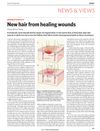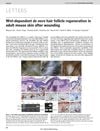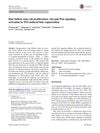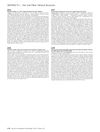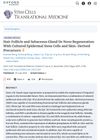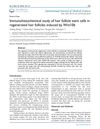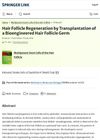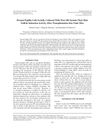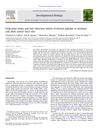Wnt-Dependent De Novo Hair Follicle Regeneration in Adult Mouse Skin After Wounding
January 2008
in “
The Year book of dermatology
”
Wnt signalling hair follicle regeneration epithelial cells hair follicle stem cell niche epidermal cells hair follicle stem cell phenotype molecular markers of follicle differentiation hair shaft hair follicle cycle wounding-induced folliculogenesis Wnt ligand degenerative skin disorders Wnt signaling skin cells hair follicle stem cells hair follicle markers hair cycle wound-induced hair growth Wnt protein skin disorders
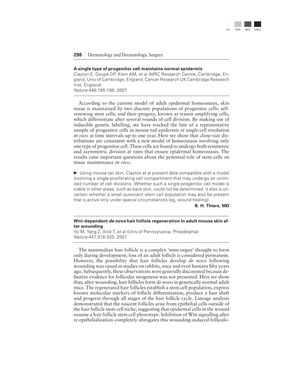
TLDR After skin injury, adult mice can grow new hair follicles, and this process can be increased or stopped by manipulating Wnt signals.
In 2007, Ito and colleagues demonstrated that hair follicles can regenerate in adult mice following wounding. The study showed that after wounding, new hair follicles formed from epithelial cells outside of the hair follicle stem cell niche, suggesting that epidermal cells in the wound assumed a hair follicle stem cell phenotype. The regenerated hair follicles established a stem cell population, expressed known molecular markers of follicle differentiation, produced a hair shaft, and progressed through all stages of the hair follicle cycle. The study also found that inhibition of Wnt signalling after re-epithelialization completely stopped this wounding-induced folliculogenesis, while overexpression of Wnt ligand in the epidermis increased the number of regenerated hair follicles. These findings suggested potential treatments for wounds, hair loss, and other degenerative skin disorders.
